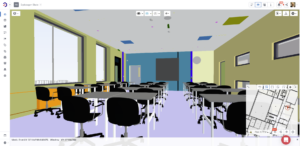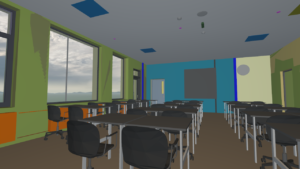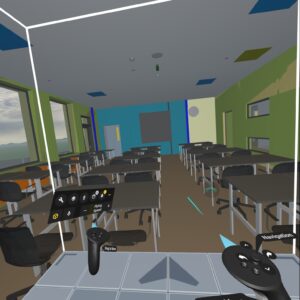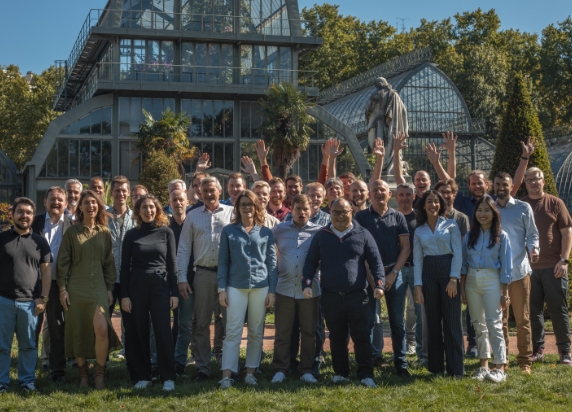The project
AFRY uses Catenda Hub (previously Bimsync), the open CDE platform, in various projects, including Elgfaret, Nordmangården, and Sydskogen School. They decided to integrate VREX with Catenda Hub (previously Bimsync) for the Sydskogen School in Røyken. It is the first school with Passive House standard and Nordic Swan ecolabel in the Nordic countries. The school is a global benchmark for energy-efficient architecture. In addition, the structure is made entirely of solid wood, except for the first floor. As far as the criteria for the Nordic Ecolabel is concerned, it is not only about the favorable environmental characteristics of a building, but also about health considerations such as internal lighting, ventilation and acoustics. Kebony was the architect for this project. Kebony uses green technology that meets the requirements of the Nordic Ecolabel, meaning that the wood is produced in a sustainable manner.

Sydskogen Skole – View from Catenda Hub (previously Bimsync)
How did they use Catenda Hub?
The company uses Catenda Hub (previously Bimsync) for open BIM (Building Information Modeling) collaboration, so everyone involved in a project uses Catenda Hub, i.e. architects, owners, technicians, consultants, etc.
AFRY decided to integrate VREX with Catenda Hub. “The implementation of VREX was very quick,” says Morten Ryen. As far as features go, integrating VREX with Catenda Hub makes it easier to review issues and also incorporates BCF (BIM Collaboration Format) reporting. “If you go into a building and walk around, you can see, for example, that switches are hanging, misplaced, etc. Another example might be a room where there is no insulation. Using VREX, you can see that something is missing,” explains Morten Ryen.
For now, VREX is only used by BIM coordinators. “Because of Covid-19, things changed and we were no longer able to come together to collaborate using VREX,” explains Morten Ryen.
Morten Ryen linked the use of VREX with the property inside each object, defined by the Model Maturity Index (MMI). The MMI 100, 200, 300, 350, 400, 500 indices show how advanced the design of each object is. The maturity stages are defined by the LOD, defined here.

Credit: BIM Corner
“We started using VREX because we had the geometry, the right positions,” Morten Ryen says. BIM coordinators start looking at VR during MMI 200, to review the model concept. During MMI 300, everyone will be able to look at the models using VREX, and even the contractors will be able to see the building in VR.
See article: 5 good reasons to use open BIM.
What were the benefits using Catenda Hub?
Project participants can review models in detail, and integrate BCF (BIM Collaboration format) reports easily. Additionally, the entrepreneur can calculate and present the object to the owner using VR so the latter can represent the building easier. Regarding the issues, “By integrating VREX with Catenda Hub (previously Bimsync), we saw errors that we weren’t able to see,” says Morten Ryen. Out of 340 problems, 200 were noticed with Solibri. With VREX, the team saw an additional 50 problems. The remaining 90 were created using Catenda Hub.

Sydskogen Skole from VREX

Sydskogen Skole from VREX
VREX and Catenda Hub Integration
“It’s easy to implement and connect. You log into VREX, you connect your VREX account to your Catenda Hub (previously Bimsync) account. Then you gather the files in VREX, put on the glasses, walk around the building and create problems that sync directly into Catenda Hub. It’s a simultaneous workflow,” Morten Ryen explains.
About the company
AFRY (ÅF and Pöyry) is an international engineering, design and consulting company driving digitalization and sustainability for the energy, infrastructure and industrial sectors.
AFRY.
